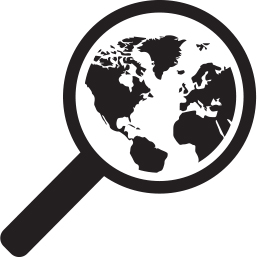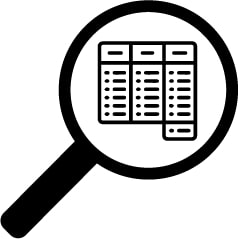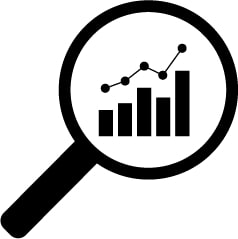The advance-and-retreat cycle of snow cover drastically changes the whiteness and brightness of Earth. Using two maps created using NASA satellite data for 2017, students review the seasonal differences of snow and ice extent and answer questions on their observations.
Educational Resources - Search Tool
This investigation is part of the NASA: Mission Geography Module "What are the causes and consequences of climate change?" that guides students through explorations in climatic variability and evidence for global climate change.
Global Phytoplankton Distribution Story Map
Students analyze two North Pole orthographic data visualizations produced from soil moisture data. After describing trends in the seasonal thaw of land surfaces, students demonstrate their understanding of Earth’s energy budget by explaining relationships and make predictions about the dataset.
Students analyze historic plant growth data (i.e., Peak Bloom dates) of Washington, D.C.’s famous cherry blossom trees, as well as atmospheric near surface temperatures as evidence for explaining the phenomena of earlier Peak Blooms in our nation’s capital.
Students identify patterns and describe the relationship between chlorophyll concentration and incoming shortwave radiation.
This story map lesson plan allows students to explore global phytoplankton distribution using chlorophyll concentration data in a 5 E-learning cycle. Students will investigate the processes that allow phytoplankton populations to thrive, as well as how their role in the carbon cycle impacts the other spheres of the Earth System.
Students identify patterns in chlorophyll concentration data to formulate their explanations of phytoplankton distribution.
Students will identify and describe the relationship between watersheds and phytoplankton distribution.
The Earth System Satellite Images, help the learner visualize how different Earth system variables change over time, establish cause and effect relationships for a specific variable, identify patterns, and determine relationships among variables over one year.




 Grade Band
Grade Band
